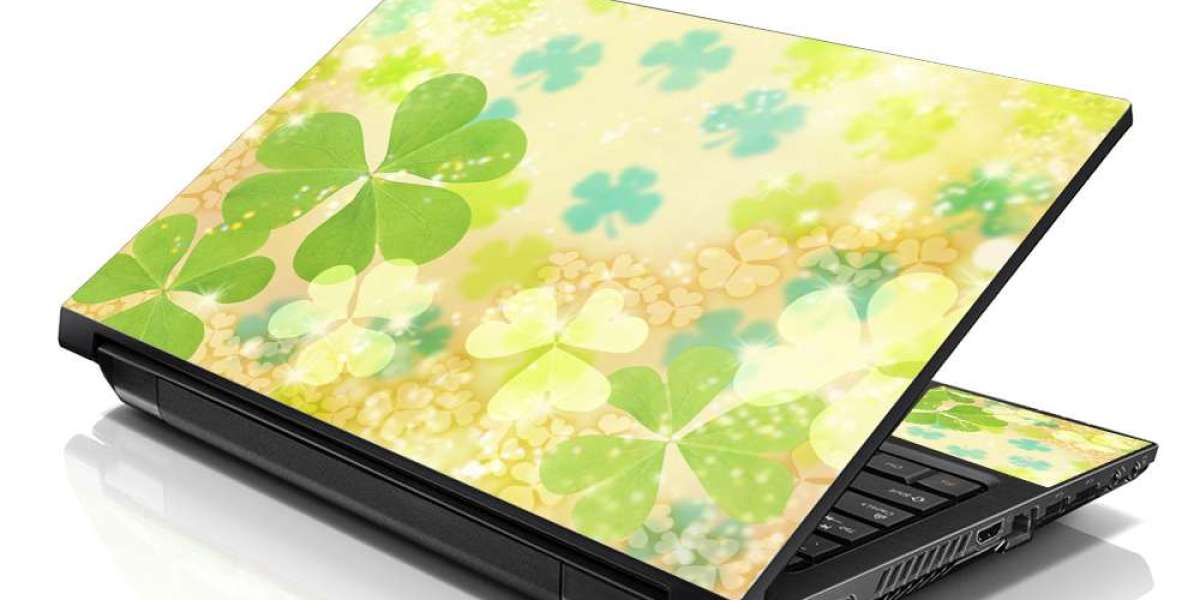Laptop skin covers have become a popular means of personalizing and protecting devices, allowing users to express their individuality while safeguarding their laptops from daily wear and tear. However, the impact of the continuous removal and replacement of these covers on the devices they adorn is a topic that merits exploration. In this comprehensive guide, we will unravel the multifaceted impact, shedding light on how the dynamic world of laptop skins may influence the longevity and performance of your trusted device.
Introduction to Laptop Skin Covers:
Laptop skin covers serve a dual purpose, combining aesthetic appeal with functional protection. These adhesive layers, often crafted from vinyl or polycarbonate, protect against scratches, scuffs, and minor damages. Simultaneously, they provide users with a canvas for personal expression, offering an ever-changing palette of designs to suit various tastes and styles. The ease of application and removal has turned laptop skins into a versatile accessory, allowing users to transform the look of their laptops effortlessly. However, beneath the surface of this style revolution lies a nuanced interplay between the adhesive nature of these covers and the devices they adhere to.
Material Matters:
The composition of laptop skin covers plays a pivotal role in determining their impact on devices. Vinyl, known for its flexibility and durability, is a common choice for these skins. The adhesive backing ensures a secure attachment to the laptop's surface, providing the desired protection. However, continuously removing and replacing skins can alter the adhesive dynamics. Over time, the adhesion may diminish, leading to concerns about the skin not sticking as securely. Choosing high-quality skins with advanced adhesives can mitigate this impact, ensuring a balance between a secure fit and the ease of removal. Opting for skins with residue-free adhesives is crucial to prevent any lingering residue, which could impact aesthetics and the laptop's functionality.
Scratches and Residue:
While laptop skins are designed to protect against scratches, removing and replacing them can introduce potential risks. Micro-scratches may occur during transitions, especially if dust particles or debris become trapped between the skin and the laptop's surface. The residue from previous skins can also pose concerns, affecting the device's appearance and cleanliness. To mitigate these issues, users can adopt proper removal techniques, such as using plastic cards to peel off the skin gently. Additionally, ensuring a clean workspace and applying new skins to a well-maintained laptop surface can minimize the likelihood of scratches and residue.
Compatibility Challenges:
One of the critical considerations when using laptop skin covers is their compatibility with specific laptop models. As laptops evolve in design and dimensions, ill-fitting or outdated skins may need to align correctly during application. This misalignment can lead to skin tears or adhesive residue, both of which impact the overall aesthetics of the device. Users must prioritize skins designed explicitly for their laptop model and ensure precise alignment during application. The seamless fit enhances the appearance and avoids potential complications arising from incompatible or misapplied skins.
Heat Dissipation:
Laptops are designed with intricate ventilation systems to dissipate heat generated during operation. Thick or non-breathable laptop skins may interfere with this natural heat dissipation process, potentially affecting the device's performance. While modern laptops are engineered to operate within specific temperature ranges, users engaged in resource-intensive tasks should consider the impact of their chosen skin on heat dissipation. Opting for thinner materials or skins with perforations can strike a balance between personalization and maintaining optimal device functionality.
Resale Value and Aesthetics:
For individuals contemplating the resale or upgrade of their laptops, the impact of removing and replacing laptop skin covers extends to aesthetics and resale value. Adhesive residue or visible scratches may deter prospective buyers and impact the device's trade-in value. To maintain the resale value and aesthetics, users should prioritize proper removal techniques and choose high-quality, residue-free laptop skins. This approach ensures a seamless transition between different covers, preserving the laptop's original appearance.
Warranty Implications:
The application of third-party accessories, including laptop skins, may raise questions about warranty coverage. While applying a laptop skin is generally considered non-intrusive, specific scenarios, such as adhesive residue impacting functionality, could lead to warranty concerns. Users should familiarize themselves with the warranty terms provided by the laptop manufacturer and exercise caution during the application and removal processes. Opting for reputable brands that explicitly state their products are designed to be residue-free can help alleviate worries about warranty implications.
Personalization and Brand Identity:
Despite the potential challenges, the continuous removal and replacement of laptop skin covers positively impact personalization and brand identity. These skins give users a dynamic platform to express their creativity, showcase personal preferences, and align their laptops with evolving tastes. For many users, the ability to change skins frequently becomes an integral part of their personalization journey, allowing them to stay current with design trends, seasons, or specific events. In this context, the impact is on the laptop and the user's ongoing sense of ownership and style evolution.
Environmental Considerations:
As sustainability gains prominence, users should consider the environmental impact of laptop skins, particularly regarding their disposal. Frequent removal and replacement may contribute to electronic waste, prompting users to explore recycling or repurposing options. Brands that offer eco-friendly practices, such as biodegradable materials or recycling programs, allow users to make environmentally conscious choices in their pursuit of personalization.
Tips for Prolonging Laptop Skin Longevity
To maximize the positive impact of skin it laptop covers while minimizing potential drawbacks, users can adopt certain practices to ensure the longevity of both the skin and the device. Investing in high-quality laptop skins from reputable manufacturers is essential. These skins often feature advanced adhesives, durable materials, and precise cutouts for specific laptop models. Regular maintenance is equally crucial. Cleaning the laptop surface before applying a new skin helps prevent scratches and ensures optimal adhesion. When removing skin, gentle techniques and adhesive residue removers can contribute to a smooth transition between different covers.
In conclusion, the impact of removing and replacing laptop skin covers a delicate balance between personalization, protection, and the longevity of both the skin and the device. Users must make informed choices, considering material quality, compatibility, and long-term implications. With careful consideration and adherence to best practices, laptop skins can continue to be a dynamic and versatile accessory, seamlessly blending style and functionality.



